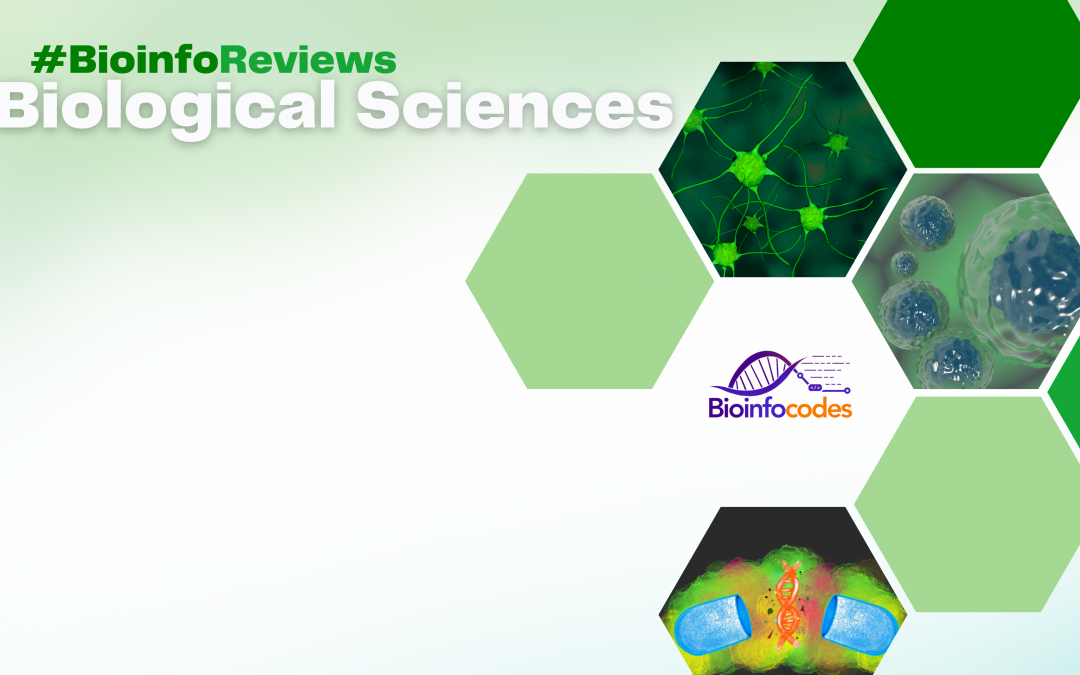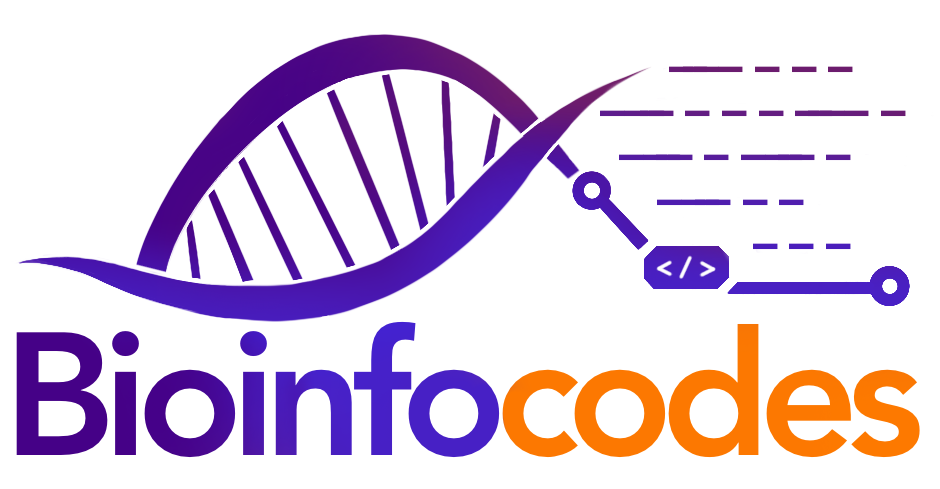
by Elif Duymaz | Apr 17, 2024 | Bioinfonews
The tail loss in human evolution is considered one of the most remarkable anatomical changes in the evolution process. Tail loss has led to people becoming bipedal and the formation of anthropomorph monkeys, but the genetic mechanism that initiated tail loss evolution...

by Elif Duymaz | Apr 3, 2024 | Bioinfonews
In recent years, advances in high-throughput experimentation (HTE) along with machine learning (ML) algorithms have revolutionized the process of identifying successful reactions in synthetic chemistry. ML algorithms, when combined with HTE, enable efficient...

by Elif Duymaz | Mar 27, 2024 | Bioinfonews
A mounting body of evidence indicates the pivotal involvement of neurons activated during experiences in both the establishment and retrieval of memories. These neurons, termed engram cells, represent a foundational element in the process of memory encoding and...

by Elif Duymaz | Mar 7, 2024 | Bioinfonews
Recent groundbreaking research unveils how HIV-1, the virus accountable for AIDS, challenges conventional comprehension by circumventing cellular defenses to access the nucleus. The virus accomplishes this feat by infiltrating nuclear pore complexes (NPCs), typically...

by Elif Duymaz | Mar 3, 2024 | Bioinfonews
Dengue virus, comprising four serotypes (DENV1-4), initiates an immune response upon infection, leading to the production of antibodies, the body’s defense mechanism. These serotypes are distinguished by their immunodominant antigen protein E, which forms the...

by Elif Duymaz | Feb 8, 2024 | Biological Sciences
Ece OdabaşıT. Elif AtayE During the development process of a drug, it is crucial to assess the potential interactions of new drugs with therapeutic targets1. The discovery cycle of a drug until its approval by the US Food and Drug Administration (FDA)...

by Elif Duymaz | Feb 7, 2024 | Bioinfonews
Noble metal nanoparticles (NPs), targeted for green synthesis, have garnered significant attention due to their distinct characteristics in comparison to the macroscopic phase. Among various potential applications, silver nanoparticles (AgNPs) have been extensively...

by Elif Duymaz | Feb 2, 2024 | Bioinfonews
Alfa-fetoprotein (AFP), primarily produced by the fetal liver, is a glycoprotein; however, its elevated levels in adults are particularly associated with liver cancer. In this context, AFP plays an influential role as a biomarker for the diagnosis and monitoring of...

by Elif Duymaz | Feb 1, 2024 | Biological Sciences
Bensu Sıla Çelik T., Elif DuymazE. Chimeric antigen receptors (CARs) are synthetic receptors that function to reprogram immune cells, particularly T cells, to recognize and kill cells expressing specific antigens1. CAR-T cells are T cells engineered to combine T cell...

by Elif Duymaz | Jan 30, 2024 | Bioinfonews
Pluripotent stem cell-derived organoids hold the capacity to emulate key aspects of organ development in vitro. By employing a self-organization-driven developmental induction strategy, the study focuses on creating human heart organoids that closely mimic in-utero...

by Elif Duymaz | Jan 25, 2024 | Biological Sciences
Gülşah AkçadağA., Elif AltayE. Pichia pastoris has been described as Zygosaccharomyces pastoris by Alexandre Guilliermond who is French mycologist in 19201. After, similar strains were isolated from oak trees by Herman Phaff and given the name P. pastoris 30-40 years...

by Elif Duymaz | Jan 22, 2024 | Bioinfonews
Human Papillomavirus (HPV) is a DNA virus that infects various human epithelial cells. Although HPV is primarily associated with cervical cancer, there is increasing research on its potential involvement in other types of cancer. The role of HPV in cancer formation is...

by Elif Duymaz | Jan 20, 2024 | Bioinfonews
The human body intricately responds to various stimuli, encompassing living tissue and an array of living and non-living factors, including bacteria, viruses, and toxic chemicals. Inflammation, a pivotal facet of the body’s defense mechanism against injury or...

by Elif Duymaz | Jan 18, 2024 | Biological Sciences
Ayça DöngelT. , Elif DuymazE. Since Yuri Gagarin performed the first human spacewalk in19611, research in the fields of astrobiology2, gravity biology3, space biology4, and space medicine5 has discovered novel biological responses to the space environment. Such as the...

by Elif Duymaz | Jan 15, 2024 | Bioinfonews
Type 1 diabetes is distinguished by the autoimmune assault on crucial β cells situated in the pancreas, resulting in their impairment. This assault impedes the production of insulin, a pivotal hormone essential for metabolic processes, thereby inducing a quantitative...

by Elif Duymaz | Jan 11, 2024 | Biological Sciences
Sarehan AkyüzT, Ebru KavaklıE. Monitoring of chemical and biological processes is of great importance in the field of medical and biological applications1. Dynamic and real-time monitoring of these processes involves complex steps, and innovations in this field...

by Elif Duymaz | Jan 8, 2024 | Bioinfonews
FOXP3 is a critical transcription factor involved in the development of regulatory T (Treg) cells, which exert a suppressive role in excessive inflammation and autoimmunity; however, the molecular mechanisms of FOXP3 remain unclear. FOXP3 employs a forkhead...

by Elif Duymaz | Jan 5, 2024 | Bioinfonews
Keloid disorder is delineated by the presence of keloidal scars, a consequence triggered by skin injuries, infections, and inflammatory processes. Manifesting symptoms such as pain and pruritus, this condition can exert a profound impact on both the physical and...

by Elif Duymaz | Jan 4, 2024 | Biological Sciences
Elif AtayT., Elif DuymazE. Living therapeutics is the name of living organisms conceived to treat, prevent a disease, or maintain the current situation1. A living therapeutic can also be designed to produce and represent other therapeutics asin its original place2....

by Elif Duymaz | Jan 3, 2024 | Bioinfonews
Octopuses employ each of their tentacles for distinct tasks through the process of evolutionary adaptation. The tentacle designated for hunting undergoes an initial bottom-up bending. Subsequently, it engages in tracing the progression of a distinctive...





















